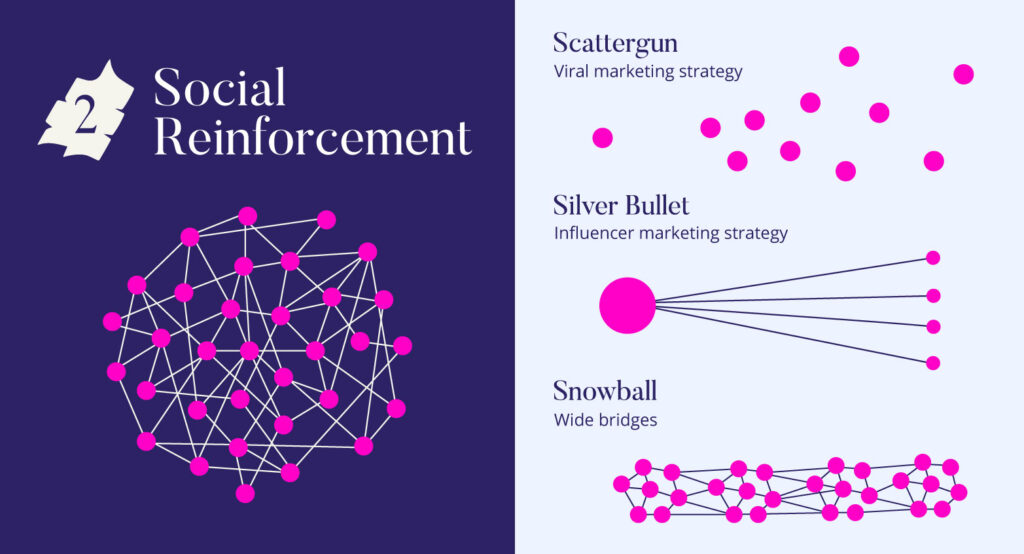Social change refers to the transformation in the way a society operates. It is a cultural shift in norms, values and practices which affects how people interact, live and organise themselves.
It is happening around us all the time and an inevitable factor of our day-to-day existence but learning how it works – and more importantly, how to harness it – will be central to safeguarding the future of the Thoroughbred industry.
Social change is a fascinating science and there are many insights to be taken from its key case studies.
Let’s begin, for example, with solar energy adoption in Germany. Not a universal topic of interest you might think, but an important lesson in social change nonetheless.
The 1000 Roofs Programme
In 1990, the German government realised it needed to boost its renewable energy resourcing, and they needed to act fast. To ignite this change, they introduced the “1000 Roofs Programme,” an initiative designed to kickstart a solar power revolution. The plan was straightforward: provide information on solar benefits and offer free solar panel installations for up to 1,000 rooftops.
The campaign turned out to be a resounding success, but not for the reasons you would expect. It wasn’t so much the information or incentives that made a difference, the real driving force was social influence. The first solar panels were installed in a single neighbourhood, and as homeowners saw their neighbours adopting solar power, they were encouraged to do the same. This social reinforcement quickly spread from block to block.
In fact, a detailed analysis of the successful initiative which led to solar power being installed in 600,000 homes, found that neighbourhood influences alone, down to the particular block and street people lived on, played the most important role in solar energy taking off.
Change, real change - not just information spreading, but the adoption of beliefs - happens through community networks.
Now, we might not be the German government, but the Thoroughbred industry does have a major attribute directly in common; a powerful community network that can influence the next neighbour. We are an industry built on strong connections. And yes, we might live in our industry bubble, but that very thing that often stifles us from innovation and progression, will also be the key to addressing our perception challenges.
Indeed, for every case study and every research book written on social change, one element is abundantly clear. Change, real change – not just information spreading, but the adoption of beliefs – happens through community networks.
It won’t be the government or big institutions, but our community that drives it and the power is in our hands. It doesn’t have to be a lot of people – it just needs to be the right people, the passionate people who want to drive change, to collectively share the right messages, that hold the power to make big things happen.
Complex Network of Beliefs
Contrary to popular opinion, social change is not controlled by influencers or viral marketing. Sure, they are great at spreading information quickly and are a symptom of change that is already happening, but they alone cannot change fundamental beliefs. It’s much more complex than that.
Ideas and beliefs do not spread like a virus. Simply being exposed to a new idea does not mean you will adopt it. You form a decision about whether to accept it, reject it, or learn more. And that decision is complex and emotional – and far more dependent on your social network than you would ever realise. We’re not just talking about your online connections but your physical networks too; the everyday conversations you have with the barista at the cafe or with your friends at the pub matter too.
To visualise this, see the Fireworks network – similar to an influencer or a viral marketing campaign, where information spreads rapidly from one person to another. Now, contrast that with a Fishing network, showing a slower form of information spread, whereby information shifts to a person but is then reinforced by another.

Any change that requires real risk – like changing a belief, a subconscious perception – requires more validation than coming in contact with one random adopter. And the more resistance there is to the information, the more that information needs to be reinforced from several sources.
So, the fishing network is by far the most effective way to spread information that changes beliefs. But this method becomes even more powerful when we factor in the concept of social reinforcement. Picture clusters forming within this network—much like our industry bubble, where everyone knows everyone. You might assume that the best way to spread change is through expansive reach, but the real power lies in redundancy; repeating the message often within a close network.
While redundancy might slow down the speed at which information is spread, it speeds up adoption. People need to hear information several times over for it to really take effect and they need to trust the source that it’s coming from. You’re more likely to believe something if you hear it from multiple close sources. Reinforcement is key.
Social Reinforcement
There are three main strategies for spreading social change: the shotgun approach, where information is spread widely but without overlap; the silver bullet approach, targeting one influential person, based on the notion that person is so well connected, it will trigger a chain reaction; and the snowball approach, where information spreads slowly, with reinforcement through social networks.
The snowball strategy, though unglamorous and pedestrian, is by far the most effective. It uses wide bridges to share information and while it does not allow for everybody at once to be convinced, it works through the reiteration of a consistent message time and again. This allows people to validate the information and gather social proof, through social redundancy – which incubates support and grows a critical mass.

The Trust Issue
One of the biggest barriers to social change is trust. Trust in institutions is at an all-time low, with people more likely to believe a friend on social media than a government leader. Trust and influence now lie with individuals and organisations.
Put simply, it means that the power lies with us – individuals within the racing community – to spread transparent, trustworthy information.
Another critical factor in social change is legitimacy, because reputation matters. We call it social proof. People are less likely to adopt a belief if they think others won’t approve or if they fear reputational damage.
Closeness is another key influence on what we believe. People are far more likely to describe “a person like me” as the most credible source of information. In other words, we believe people that believe what we believe.
However, that will only take you so far. For a new belief or action to truly take hold, diversity among reinforcing sources is essential. Consider any recent cultural movement – like #MeToo or #BlackLivesMatter – where people changed their profile photos in support. If you noticed five people from the same social circle, such as former classmates or colleagues, making that change, it might not grab your attention as much as if those people came from different areas of your life—perhaps a former teacher, an aunt, a teammate, an ex-partner, and a coworker.
The Thoroughbred industry is well positioned in this respect because we are an incredibly diverse community. People from all walks of life are passionate about racing. We have owners, breeders, vets, strappers, administrators, jockeys—people from Birdsville to Double Bay, young and old, wealthy and struggling. Research consistently shows that the quality, diversity, and depth of support for a cause are far more impactful than sheer numbers.
The Tipping Point
So, how many changemakers does it take to effect real change? The tipping point, at which point a new behaviour becomes the norm, isn’t 50% of the population as you may expect – it’s half that. Social experiments reveal that even a jump from 10-20% has no significant impact, but when it hits 25% of the population, it affects everyone.
We may not know if 25% of the population is against racing yet, but we need to find out. There are modern tools that can help us benchmark our position and guide us forward.
Changing social beliefs involves breaking “what works”. When society is perfectly happy with how things are going, social change is hard. But when things stop working – like when racing fails to protect its athletes – that’s when social norms change quickly.
The uncomfortable truth is that social change has already happened, whether we like it or not. The tools we defend, like the whip for example, may be seen as obsolete by society. And while that’s hard to accept, it’s not a reason to avoid it.
We have the community elements that are vital to success – wide bridges with massive social reinforcement, closeness with relationships but also enough diversity to ensure widespread legitimacy. Now is the time to get the snowball rolling.
References
Botsman, R. (2017). Who can you trust?: How technology brought us together–and why it might drive us apart. PublicAffairs.
Gladwell, M. (2000). The tipping point: How little things can make a big difference. Little, Brown and Company.
Centola, D. (2021). Change: How to make big things happen. Little, Brown Spark.


